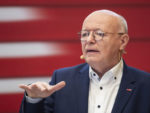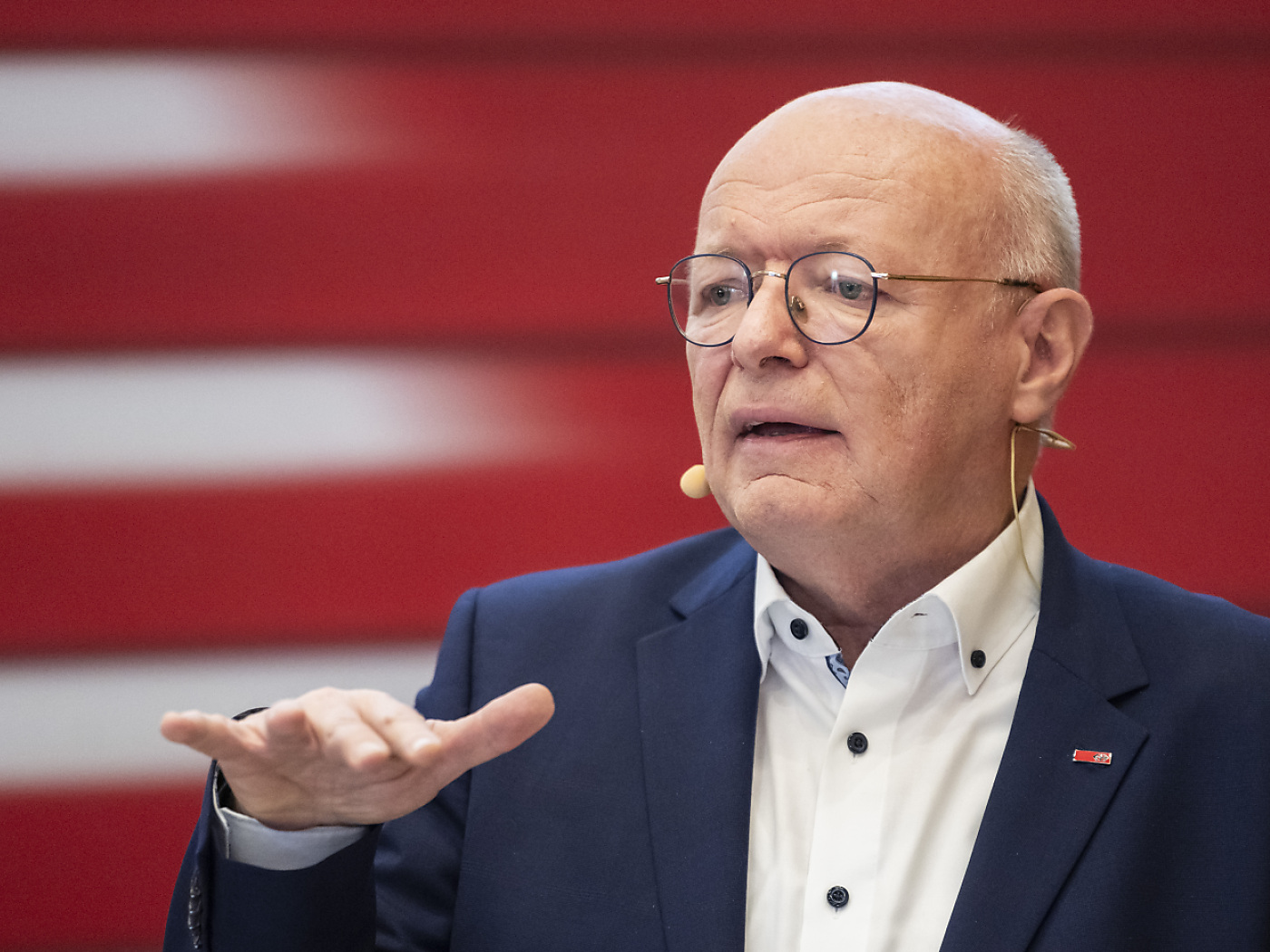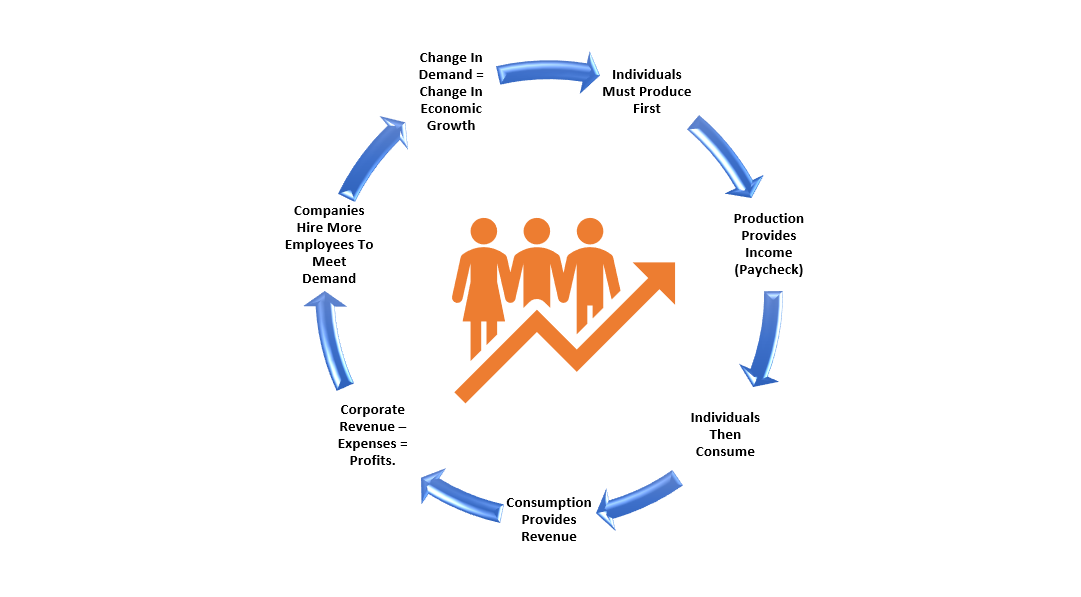The Misesian (TM): You have remarked that after 1900, all the pieces come into place for modernity in terms of the American warfare state. What are some of these pieces and how did they fall into place at that time?
Hunt Tooley (HT): To some extent, the state has always used wars to maintain and increase domestic control.
Shakespeare assumed as much in the famous instructions the dying Henry IV gives to his son: “Therefore, my Harry, be it thy course to busy giddy minds with foreign quarrels.” In other words, perpetual wars can confuse the minds of those who might otherwise be likely to object to the ruthlessness and cynicism of leaders who wage wars to enhance their power at home.
After the 16th century, the new European-style state adopted the war strategy with few interruptions. The growth of the state through war included not only developing new technologies for making war, but also coming up with new financial techniques such as inflation and other wealth transfers to the government, which made the increasingly expensive wars possible.
In the case of the United States, most of the Founders hoped that the republic would be a very different kind of political form: one which rejected the whole paradigm of increasing centralization, financial manipulation, and the cynical use of wars to increase government power. George Washington mentioned this ideal in his Farewell Address.
The ideal never quite came to fruition, but the period of the Civil War and its aftermath represented an outright rejection of all the peaceful policies that were established. Just a few decades after the 1860s, American leaders had adopted as many of the older state-enhancing techniques as they could, and by the end of the 19th century they were actively involved in creating new and powerful tools to expand the state, especially tools having to do with the military.
The new imperialism that emerged among the European great powers in the mid-19th century (and in the American empire a bit later) had many facets, but one of the most important for the warfare state was the use of imperialism as a proving ground to expand and institutionalize the pattern of more or less perpetual war. The new imperialists, including the United States, were so often at war or on the verge of it across the globe that war became habitual.
This aggressive attitude was sold to Americans as a kind of civilizing mission, the great compassionate “march of the flag,” as Sen. Albert Beveridge called it in 1898. In Beveridge’s conception, Americans owed it to the world to civilize the poor, aboriginal, dark masses across the globe — by means of domination and control.
Of course he was thinking of the Philippines and other real estate won in the Spanish-American War. In fact, the Philippines proved the perfect model: seizure of a territory and then continual fighting for years to put down evil and alien opponents who objected to being “civilized.”
Another crucial aspect of the American turn toward world power in 1898 was the cruelty inflicted on the populations being conquered. Again, the Europeans behaved in the same way. In fact, the infliction of mass violence in the name of civilization was a team effort.
For example, the concentration camp had its origins not in Nazi Germany or Soviet Russia, but in Cuba, the Philippines, the Boer republics of South Africa and other places. The whole process made brutality a norm, including for the United States, where the campaigns against American Indians had already educated the American military in “asymmetrical” methods of war.
Financial tools were equally important to turning the United States into a permanent warfare state. Alongside brutal invasions were state-supported integration of corporations whose holdings included arms manufacturers and suppliers of war materials, destabilization of other countries via vast currency and financial measures, and other inflationary measures going far beyond the simpler currency manipulations of old Europe.
The Federal Reserve appeared in connection with these “innovations” that transferred wealth to the state, and as Murray Rothbard described in great detail, the weaponization of currency in various colonial contexts was very much a part of the Fed’s creation story.
Though we sometimes think of World War I as the United States’ great leap into warfare state mode, we do well if we recognize that the “march of the flag” involved an almost immediate shift in policy and that the policy was very much bipartisan.
In the immediate aftermath of the Spanish-American War, the United States carried out a dazzling series of foreign interventions and occupations. Woodrow Wilson, for example, oversaw invasions of Haiti, the Dominican Republic, Nicaragua and Russia (in 1918), along with two invasions of Mexico — and of course the American intervention in World War I.
TM: What have been the major turning points since then? For example, did World War II and the Cold War ratchet up the warfare state that was created by World War I and the Spanish- American War?
HT: There are so many! On my list would be the following turning points.
1. The New Deal, when FDR installed or firmed up the principles of the warfare regime, putting the United States on a kind of peacetime war footing, or at least creating a system of national organization which could be easily mobilized.
2. World War II and its aftermath, which inured Americans to wartime sacrifices, expanded the power of the American government exponentially, created the CIA’s forerunner (the Office of Strategic Services), and permanently altered the relationship of the war establishment (both civilian and military) to the Constitution and to political authorities.
In the aftermath of the war, the National Security Act of 1947 institutionalized a massive military bureaucracy and established the CIA and the National Security Council. In a kind of Orwellian flourish, the old War Department was renamed the Department of Defense in 1949 (four months after the founding of NATO, by the way). It is grimly ironic that the modern structure of the aggressive American warfare state really came into its own when the management of military issues assumed the name of “defense” rather than “war.” The Cold War cemented the perpetual war scheme.
3. The end of the Cold War, when the Soviet Union collapsed and the West ramped up the anti-Soviet alliance, NATO.
Of course without the Soviets to threaten and subvert, the United States set about finding new enemies to underpin what Harry Elmer Barnes long ago called “perpetual war for perpetual peace.” After the USSR’s fall in 1991, the much-diminished Russian state somehow remained a principal enemy. But just in case the weakened Russians didn’t work out as universal villains, there was an ace in the hole. Actually a couple of them.
The year after the fall of the Soviet Union, Harvard professor and longtime Washington insider Samuel P. Huntington gave a lecture titled “The Clash of Civilizations” at the American Enterprise Institute. In it he identified both China and global Islam as civilizations to fear in the future. The lecture became an article in Foreign Affairs in 1993 and a book in 1996.
So the “peace dividend” never came, and by the end of the decade, Huntington’s prophecies had fulfilled themselves. The subversion of foreign governments and the wars thereafter speak for themselves.
4. 9/11, which not only initiated more and larger military actions, but also shredded constitutionally guaranteed rights via the Homeland Security regime, is perhaps the greatest attack on individual rights in American history.
TM: You have in the past described America’s “bipartisan war machine.” Why is it that neither party has been able to resist the call of incessant interventionism?
HT: Why the incessant bipartisan intervention in foreign countries and foreign conflicts? First, intervention in foreign conflicts seems to be hardwired into the institution of the state.
But of course the expansion of the state up to the present has featured the development of new techniques of domestic control, growing wealth transfers to the state, closer and closer association of arms producers with the state, and the advance of war-making technologies, all of which have made interventionism habitual.
To add to that, the American twin practices of intervention in foreign political systems and in foreign conflicts have come to dominate the very language of the military-industrial complex first described by Eisenhower. It is important to remember that in his Farewell Address of January 1961, Eisenhower was careful to mention not only the military and corporate arms makers, but also the vast civilian military research network that was emerging at that time, partly in American academia.
Of course the multiple intelligence agencies which often inform and manage policy on a bipartisan basis have become the central cog of the complex. Machiavelli’s head would spin if he were to see how his idea of “reason of state,” known as “national security” today, has been put in practice.
Since Eisenhower’s speech, of course, the military-industrial complex — and its fiscal underpinning — has grown vastly to include armies of researchers who are not just developing weapons, but are working on medical mobilization, psychological research, and much more.
Moreover, the influence of lobbyists representing the myriad branches of the military-industrial complex has grown exponentially, not least through the proverbial swinging door: high officials leave office to sit on corporate boards, engage in “consulting,” and lobby officials and members of Congress.
Many of these creatures of the state are quite literally bipartisan, working with whichever party is in power. Or they may be loosely tied to the Republicans or Democrats. But they are essentially the same folks speaking the same language of war, economic war, weapons, threats and so forth.
One brilliant aspect of the system is what we might call its self-sustainability. What most of the individuals who work in the military-industrial complex have in common is that they gain at least some degree of power and wealth.
Some levels of the system are inhabited by people from truly elite circles. But it is likewise possible for the son of schoolteachers in a small Pennsylvania town to make it to the Ivy League institutions, find entry-level positions in the complex, learn the language and habits of power, and become, for example, secretary of defense and then later a board member of a “defense contractor” firm or a related Wall Street firm.
More recently, by the way, secretaries of defense also end up on the boards of pharmaceutical companies after departing from the Pentagon. The personal profits can be huge. So there is always a fresh supply of smart individuals to fill the ranks of the complex for fun and profit.
The language spoken, the habits learned, and the attitudes can vary from person to person, but the whole complex is a powerful echo chamber, which makes it nearly impossible for its members even to consider arguments against aggression — military intervention — in any given case. To them, the language of Mises and Rothbard is surely impenetrable.
TM: We now have a situation in which different parties seem to prefer different wars. The Republicans speak constantly about “confronting China” and supporting the state of Israel. The left, in contrast, is obsessed with Russia. So, it seems the “choice” is between two different bundles of war. There is never a noninterventionist choice. What do you think of this?
HT: One thing I find striking about this tripartite division you mention is its similarity to the picture offered by George Orwell in “1984.” The novel’s protagonist, Winston Smith, is subject to the false flag operation of the Thought Police, which makes available to Smith a work by an Emmanuel Goldstein (we never find out if he exists or if the book is purely the product of the Thought Police). Commenting on the geopolitical framework of his times, Goldstein identifies three major global power blocs: Oceania, Eastasia, and Eurasia.
Wars among the three are constant, two power blocs always allied against the third. But the alignment of powers changes periodically. The wars are real, but they take place in what we would call developmental countries. They are chiefly wars for resources. And wars for their own sake. At home in England (which is part of Oceania), periodic terrorist attacks remind people whom they should hate.
Of course, we can find similar patterns in history, but the extent to which Orwell’s vision captured precisely the geographical power blocs of today is, I think, uncanny. He wrote the book in the late 1940s, but it is certainly descriptive of the situation today. And the only “noninterventionists” in the book are the dissidents, whom the regime flushes out easily and “cures” of such ideas.
In the United States today, we are in practice looking at the rotation of enemies to maximize profits to both individuals and corporations. The regular rotation of enemies certainly proves a crucial part of the system.
We have moved very close to Orwell’s vision, but we are not there yet.
TM: As a historian, do you think there has been any progress on war in terms of public opinion, or is the public just as supportive of new wars as ever?
HT: A good question. Over the long term, I do see progress.
From the seventies to the nineties, voices against the warfare state were very much voices in the wilderness. The Cold War justification of military expansion and hatred confused many who might have supported anti-interventionism as a general principle.
Then the Cold War ended, neoconservative influencers took over the narrative, and we expanded NATO rapidly. The hope for peace and liberty was relegated to a very small group of Americans indeed.
But things have changed. And in my view, many of the changes revolved around Ron Paul.
The heroism of Ron Paul in patiently explaining to Congress and the public the principles of noninterventionism year in and year out may one day stand out as the beginning of a fundamental shift of opinion. Another aspect of Dr. Paul’s approach was to cooperate across the aisle with individuals from various sections of the political spectrum who likewise opposed foreign wars.
Above all, Paul’s run for the Republican nomination for president in 2012 worked as a massive educational operation. Ron Paul’s personal charisma and his unassailable kindness and decency attracted hundreds of thousands of people, and particularly young people, to the principles of peace and prosperity. That campaign is still bearing fruit. It is unique in my opinion, comparable only to the Anti-Corn Law League campaign for free trade led by Richard Cobden and John Bright in 19th-century England.
Related closely to Ron Paul, of course, was the founding of the Mises Institute in the early 1980s. The brilliant organization of the Institute by Lew Rockwell and his colleagues created a focal point for like-minded individuals in the minority.
The Institute’s website alone has been invaluable. This early and innovative educational website has helped inspire older groups and encourage the proliferation of new ones across the globe to increase understanding of the Austrian School of economics, the ideas of noninterventionism, and the principles of libertarianism.
I don’t need to name the hundreds of wonderful and effective websites, podcasts, email lists, and other loci of individualism and liberty, some of them operated by folks who found the Mises Institute years ago. We had nothing like this kind of educated minority in the United States, or elsewhere, before the Mises Institute, to my knowledge.
Not to overstate, but the majority of Americans still support aggression on demand, but there is a fundamental difference in the size and reach of the ideas and habits of liberty and peace.
TM: How does this all end? Will the economy need to collapse in order for the warfare state to be reined in? It seems difficult to imagine something short of a major economic crisis that would cause a sizable rethinking of the U.S.’s global footprint. Have other hegemons ever given up their global roles without an economic or military crisis forcing their hand?
HT: Well, historians are capable of examining the past, but I think that those who live long enough might well admit they are lacking when it comes to predicting the future!
After doing some research in Communist East Germany in the summer of 1989, the grim reality was fresh on my mind as I taught a fall-semester class about postwar Europe. In September or so, I made a prediction to the class: “I would say that the Berlin Wall will not fall in my lifetime, and maybe not in yours.” The wall fell two months later. To the glee of those students, I might add. It’s not often you get to enjoy catching your professor out in such decisive fashion!
I agree with your suggestion that economic crisis is usually one of the factors in the decline of hegemony. But it seems to me that multiple factors tend to become a “storm,” though not necessarily a perfect storm.
Paul Kennedy’s 1987 book “The Rise and Fall of the Great Powers” answers some questions here. In this impressive book, one of Kennedy’s themes was “imperial overreach,” a concept nearly explained by its name. But though he was primarily concerned with economic and financial factors, 24 Kennedy made it clear that these crises have been accentuated and shaped by various causes.
One of these accompanying causes in modern countries must be the “public opinion” you have already mentioned. At least the opinions of intelligent observers, those who are movers and shakers.
Thinking of the uprisings against Communist regimes in East Germany, Romania and other Soviet-bloc countries, certainly economic crisis was present. But also crucial to these cases was a mass of determined and informed individuals who screwed up their courage and took to the streets in Dresden, Leipzig, Timisoara and elsewhere to topple their hegemons.
Today, the techniques which keep folks riveted to the daily Two Minutes Hate are far more thorough than they have ever been. And the interventionist control of the commanding heights (to quote Lenin out of context) of the news media, academe, and national politics sometimes seems complete.
But I also see the really large network of platforms spreading the understanding of liberty and the practice of individualism as a powerful movement whose total impact could be decisive.
Full story here Are you the author? Previous post See more for Next postTags: Featured,newsletter

























